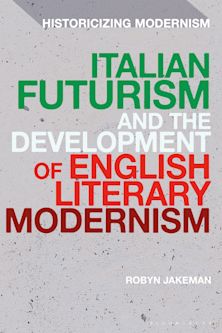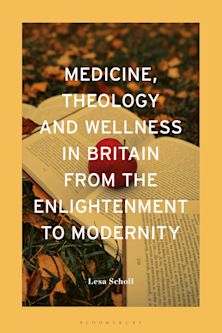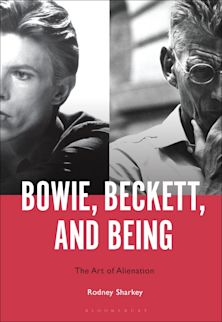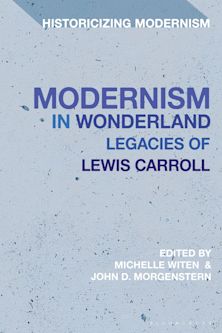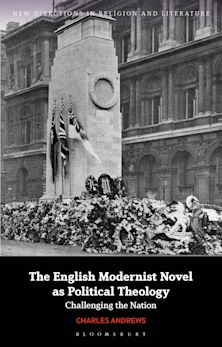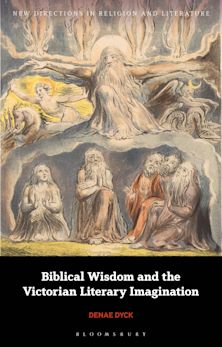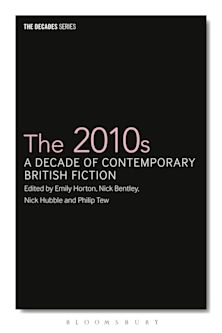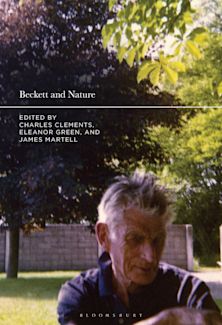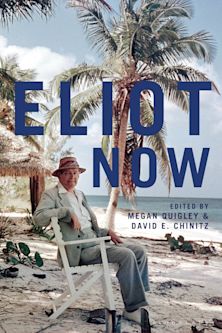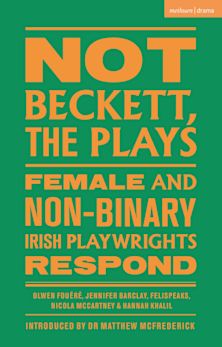- Home
- ACADEMIC
- Literary Studies
- British and Irish Literature
- Chaucer's Neoplatonism
This product is usually dispatched within 10-14 days
- Delivery and returns info
-
Free UK delivery on orders £30 or over
You must sign in to add this item to your wishlist. Please sign in or create an account
Description
Although centrally focused on varieties of friendship and love in Troilus and Criseyde, the discussion in Chaucer’s Neoplatonism includes the dream visions as well as aspects of The Canterbury Tales. It lays out Chaucer’s Boethian-inspired, cognitive approach, drawn mainly from Book V of the Consolatio, to whatever subject he treats. Far from courting skepticism, Chaucer gathers many variants of such matters as love, friendship, and community within a meditative mode that assess better and worse instances. He does so to illuminate a fuller sense of the forms that respectively underlie particular manifestations of love, joy, friendship or community. That process is both cognitive and aesthetic in that beauty and truth appear more fully as one assess both better and worse instances of an idea or of an experience. Chapters on the dream visions establish Chaucer’s reasonable belief in the truth-value of fictions, however grounded on exaggerated and mixed tidings of truth and falsehood. Chapters on Troilus and Criseyde examine relationships between the main characters given the place of noble friendship within an initially promising but then tragic love story. The drama of those relationships become Chaucer’s major claim to fame before the tales of Canterbury, where, for meditative purposes, he gathers various gestures toward community among the dramatically interacting pilgrims, while also exploring the dynamics of reconciliation.
Table of Contents
Chapter Two - Varieties of Supposition and the Truth Value of Story
Chapter Three - Varieties of Friendship: Pandarus, Troilus and Noble Friendship
Chapter Four - Avuncular Form and Pandarus’s Several Embassies
Chapter Five - Varieties of Joy in Troilus and Criseyde
Chapter Six - Varieties of Invited “Compaignye” in the Pilgrimage to Canterbury
Conclusion - Chaucer’s Neoplatonic Art
Product details
| Published | 06 Feb 2020 |
|---|---|
| Format | Paperback |
| Edition | 1st |
| Extent | 210 |
| ISBN | 9781498561952 |
| Imprint | Lexington Books |
| Dimensions | 222 x 155 mm |
| Series | Studies in Medieval Literature |
| Publisher | Bloomsbury Publishing |
About the contributors
Reviews
-
John Hill’s detailed analysis of Chaucer’s deeply thought, but playful, poetry emphasizes traces of divine forms in human affairs, however tangled with mere sense perceptions and degraded actions. Convincingly challenging the trend of some recent criticism, the poems (especially Troilus and Criseyde) are found to be shot through with Neoplatonic/Boethian notions of knowledge, love, joy, “full” friendship, and community.
Peggy Knapp, Carnegie Mellon University
-
An intelligent and wide-ranging reading of the major poems in terms of what Hill sees as Chaucer's loosely applied and rational Neo-Platonism. Staying close to the poetic texts, Hill focuses on Chaucer's varying treatments of the themes of love, friendship and community. Scholars and advanced students will find this book a companionable addition to their libraries
Howell Chickering, Amherst College
-
John M. Hill has done that rare thing: a new book on Chaucer that in fact shows us something new. Hill has applied a lifetime of learning to probing the heart of Chaucer's Boethian plenitude. What he finds is a deeply embedded Neoplatonism that, once seen through Hill's eyes, powers fresh, unexpectedly convincing readings of Chaucer's work, from the Book of the Duchess through Troilus to the Canterbury Tales.
Robert Yeager, University of West Florida
















